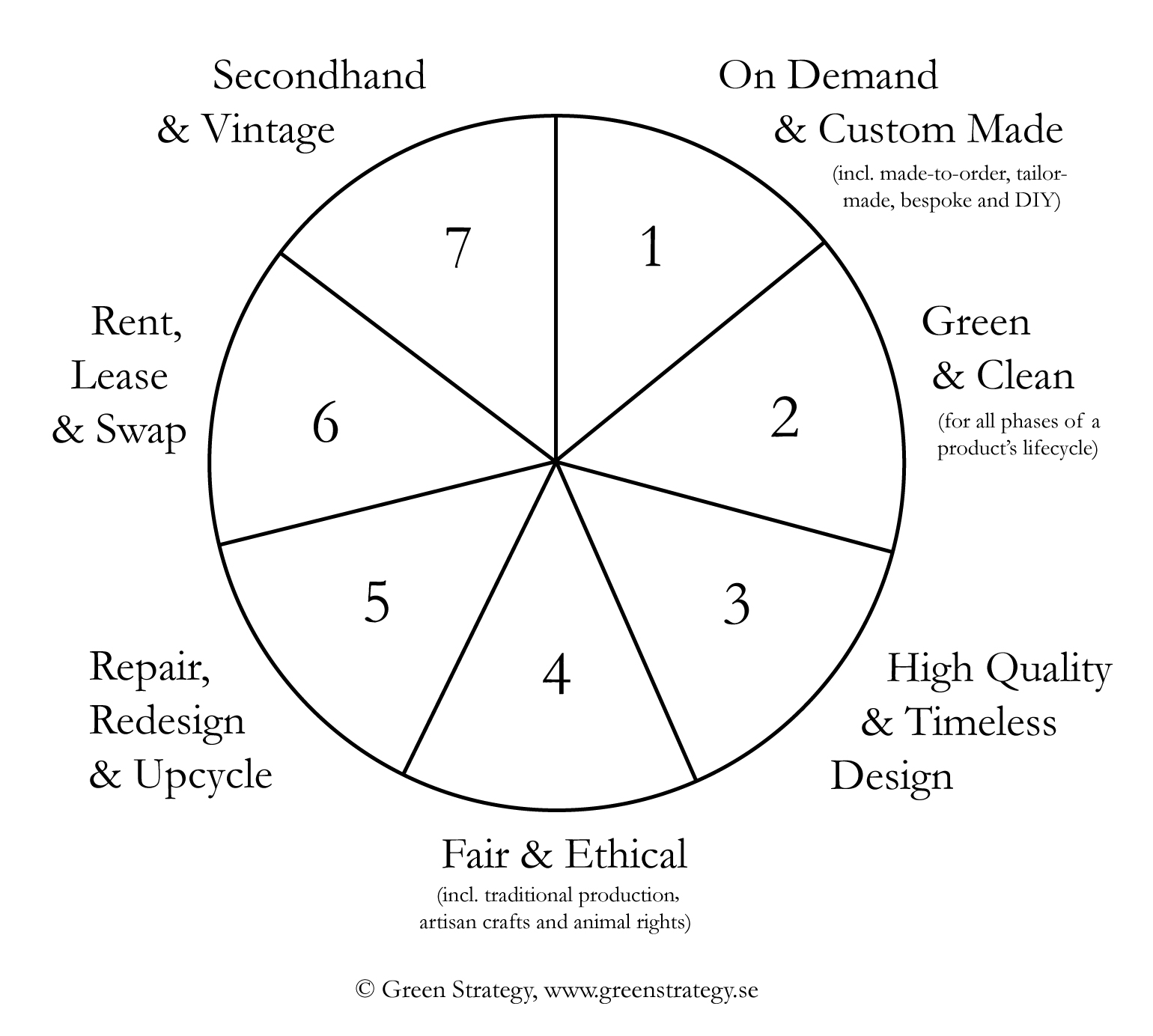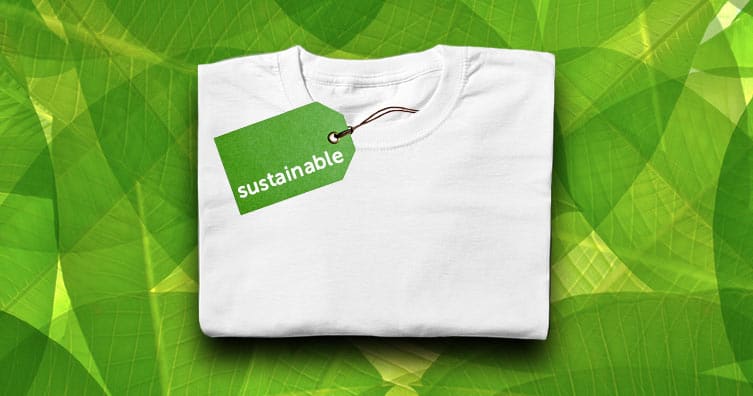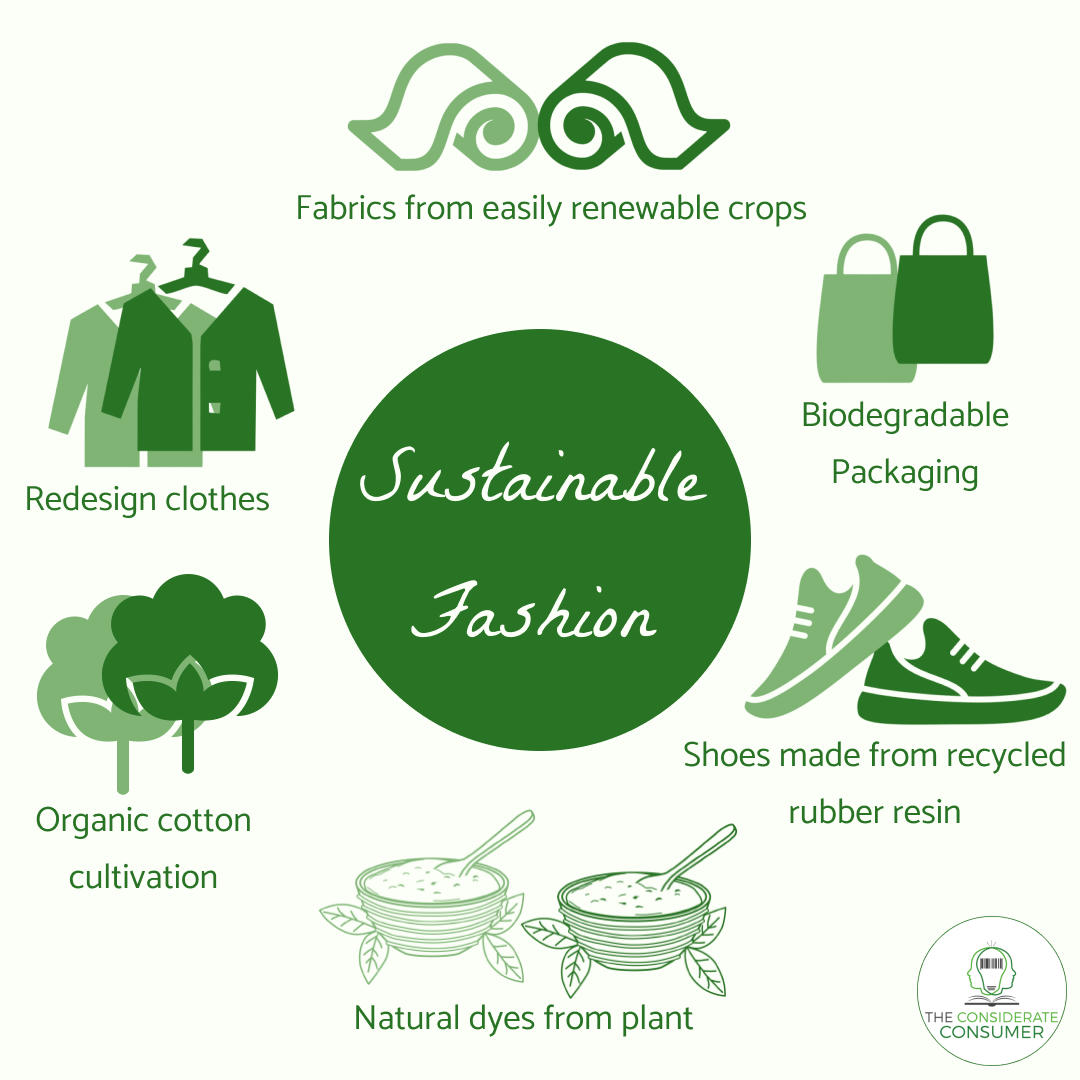Cape Town Sustainable Fashion Designers Leading the Environment-friendly Movement
Cape Town Sustainable Fashion Designers Leading the Environment-friendly Movement
Blog Article
Keep Ahead of the Contour by Checking Out Innovative Fashion Fads
In an industry as dynamic as style, remaining ahead entails more than simply complying with existing trends-- it demands an exploration of development. Smart fabrics, as an example, are transforming garments into functional work of arts, while 3D printing is reinventing layout procedures with its customizable, waste-reducing capabilities. As sustainability ends up being a keystone, developments like environmentally friendly materials and circular fashion methods are improving environmental duty - Cape Town Sustainable Fashion. Furthermore, the convergence of modern technology and fashion proclaims a new era of customer engagement. How, then, can these arising patterns redefine the future of style, and what effects do they hold for brands looking for to prosper in this developing landscape?

Embracing Smart Textiles
Over the last few years, the style industry has actually seen a transformative shift with the assimilation of clever textiles, an innovative innovation that mixes modern technology with textile. This evolution stands for not just a fusion of visual appeals and performance however additionally a considerable leap towards sustainability and personalization in vogue. Smart textiles, also referred to as e-textiles, installed advanced electronics such as sensors and conductive threads within the textile, allowing garments to engage with the atmosphere or the wearer.
These fabrics are developed to keep an eye on physiological criteria, such as heart price or body temperature, supplying real-time health analytics. Past wellness applications, wise textiles are additionally being utilized for adaptive garments, which can change shade or pattern in response to environmental stimuli, therefore offering a vibrant fashion experience.
Moreover, the advancement of energy-harvesting textiles that generate power from activity or sunlight is leading the way for self-sufficient wearable innovation. This advancement is attracting eco mindful consumers and designers intending to decrease the eco-friendly footprint of style. As research study and advancement in this field development, clever textiles are expected to end up being significantly widespread, reshaping the landscape of modern style with their multifunctional abilities.
The Rise of 3D Printing
Revolutionizing the production landscape, 3D printing has actually emerged as a game-changer in the garment industry. This sophisticated modern technology has actually made it possible for developers to push the limits of creative thinking, generating elaborate and tailored garments that were previously unthinkable. By leveraging electronic layout and additive production, 3D printing facilitates the creation of complex geometries and patterns, enabling designers to explore new textures and structures.
A notable advantage of 3D printing in style is its capability to produce on-demand, reducing waste and lowering inventory requirements. This performance not only optimizes production processes however additionally enables quick prototyping, allowing designers to bring their visions to life in a much shorter duration. In addition, 3D printing supports personalization to a level unparalleled by standard methods, offering unique layouts and tailored fits tailored to individual customer preferences.
The increase of 3D printing has actually additionally democratized fashion, making it accessible to arising developers that can currently fabricate high-quality pieces without considerable economic investment in traditional production framework. As modern technology proceeds to development, the garment industry is poised to harness the complete capacity of 3D printing, exploring new products and techniques that will undoubtedly redefine just how style is developed and generated.
Sustainable Style Technologies
As the style sector comes to grips with the pushing demand for environmental responsibility, lasting fashion developments have actually arised at the forefront of transformative change. The growing awareness of ecological effect has actually fueled a shift towards more eco-conscious techniques and materials. Brands and developers are now focusing on sustainability, including approaches that reduce waste and minimize carbon impacts.
One significant development is the increase of circular style, which highlights recycling and upcycling to extend the lifecycle of garments. This technique not just reduces waste yet also motivates customers to take on a more conscious technique to apparel usage.
One more breakthrough depends on the fostering of cutting-edge dyeing methods that utilize natural dyes or waterless processes, therefore decreasing the vast amounts of water and chemicals traditionally used in fabric dyeing. Additionally, improvements in biotechnology have led to the development of lab-grown natural leather and materials, using cruelty-free and eco-friendly useful reference choices to standard materials. Through these pioneering initiatives, the garment industry is making significant strides towards a much more lasting future.

Tech-Integrated Garments
Tech-integrated clothing stands for a groundbreaking fusion of fashion and innovation, improving how individuals engage with their clothing. This innovative domain name is noted by the incorporation of smart textiles and embedded digital elements, boosting both performance and aesthetic charm. From physical fitness trackers embedded in sports apparel to warmed coats regulated by means of smart device apps, tech-integrated apparel offers consumers unprecedented comfort and adaptability.
Introducing brands are driving this trend, focusing on developing garments that reply to environmental stimulations or individual commands. As an example, some garments can alter color or pattern in reaction to temperature level shifts, while others integrate biometric sensors to check health and wellness metrics like heart price or tension levels. The seamless combination of modern view website technology right into fabrics also includes ecological sustainability, with efforts to establish self-cleaning textiles or garments that adapt to weather, hence minimizing the need for multiple layers.
Moreover, the introduction of wearable innovation is not simply limited to garments yet extends to accessories like watches and glasses, further broadening the range of tech-integrated fashion. As the sector remains to introduce, the capacity for customization and personalization in apparel grows, providing customers one-of-a-kind, tech-enhanced fashion experiences that satisfy their specific demands and preferences.
Future of Virtual Fashion
In recent times, the future of virtual fashion has actually emerged as a transformative force within the market, leveraging innovations in digital technology to redefine just how style is developed, experienced, and eaten. By integrating enhanced truth (AR), online fact (VR), and 3D design tools, designers can now craft interactive and immersive experiences that transcend traditional fashion boundaries. Online fashion permits for the development of garments that exist only in electronic atmospheres, using endless opportunities for advancement without the restrictions of physical manufacturing.
This electronic change not just offers opportunities for imaginative expression yet additionally addresses sustainability problems inherent in typical style techniques. Cape Town Sustainable Fashion. By removing the demand for physical resources, digital fashion minimizes waste and reduces carbon footprints. Additionally, the surge of digital fashion aligns with the increasing consumer need for tailored and special experiences, as virtual garments can be personalized and tailored to private choices easily

Verdict
The fashion industry's future lies in the combination of cutting-edge innovations and sustainable practices. Digital fashion is positioned to redefine customer interactions.
In current my sources years, the fashion sector has actually observed a transformative change with the assimilation of clever fabrics, an advanced technology that blends technology with material.As the style market grapples with the pressing need for ecological responsibility, lasting style developments have actually arised at the leading edge of transformative modification.In recent years, the future of digital style has actually arised as a transformative force within the industry, leveraging advancements in electronic technology to redefine just how fashion is created, experienced, and eaten. The surge of online style straightens with the increasing customer need for special and customized experiences, as virtual garments can be tailored and tailored to individual preferences with simplicity.
The fashion sector's future lies in the assimilation of lasting practices and innovative innovations.
Report this page